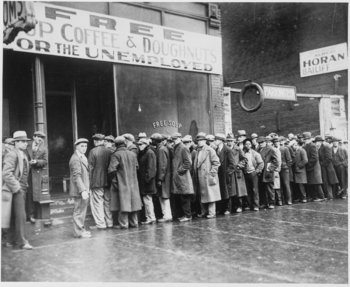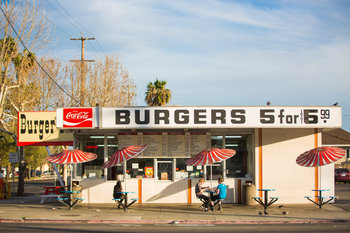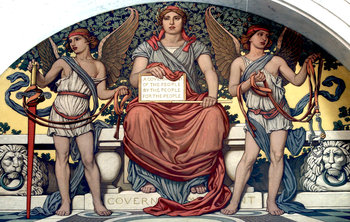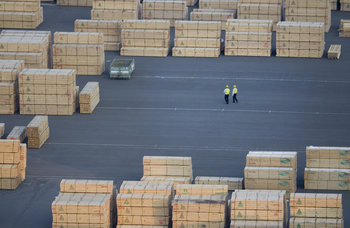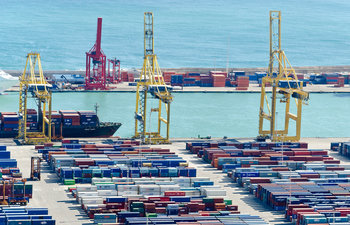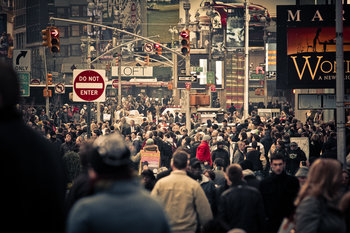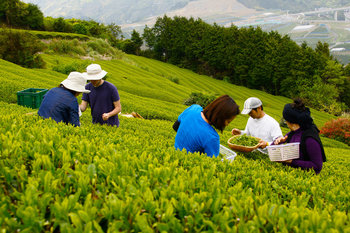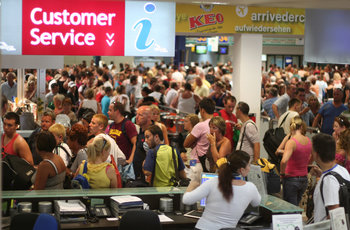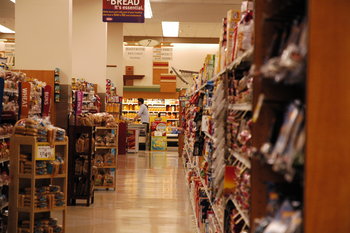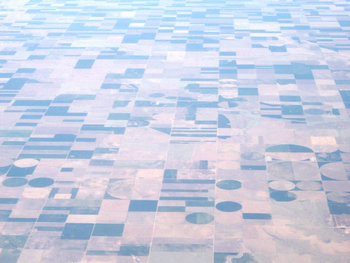
Trade Barriers
Trade barriers are regulations that seek to restrict imports. There are several common types of trade barriers:1. TariffsTaxes on imported goods. 2. QuotasLimits on imported goods.3. LicensesLicense requirements such as an import license that is used to block or restrict trade.4. SubsidiesGovernment financial support for an industry. Tends to make goods cheaper thus boosting exports and reducing imports.5. Rules & RegulationsLocal content restrictions and other rules and regulations that benefit local providers by making imports difficult.6. StandardsNational standards that are easy for local firms to follow but difficult for foreign firms as they may need to change their designs.Protectionism
Protectionism is a general term for strategies that seek more trade barriers to protect local industries.Tit for Tat
When a nation imposes a new trade barrier, it is common for their trading partners to impose a retaliatory trade barrier of roughly the same size. This is a strategy known as tit for tat that punishes the other side with equal pain without escalating things. Nevertheless, this can be viewed as escalation by the other side.Hidden Tax
Trade barriers, particularly tariffs, act as a hidden tax that raises the prices for goods and services. For example, if most shoes are imported and there is a 40% tariff on imported shoes, locals will pay 40% more for most shoes.Comparative Advantage
Comparative advantage is when a nation can produce a particular good or service better or cheaper than its trading partners. For example, one nation may produce rice for $1 a bag and another nation for $40 a bag.Gains From Trade
Gains from trade is the idea that everyone benefits when they focus on industries where they have a comparative advantage. If it costs you $40 a bag to produce rice, you are wasting resources by producing rice as it is better to just import it for $1. Trade barriers may cause a nation to invest resources where they have a fundamental competitive disadvantage, thus making the nation less competitive in the long term.Balance of Trade
Balance of trade is the net difference between the value of your exports and imports including both products and services. A nation that exports more than it imports has a trade surplus. A nation that imports more than it exports has a trade deficit. It should be noted that a nation that has a trade deficit may still benefit immensely from trade. Generally speaking, the pie is bigger for everyone when each nation invests its resources in areas of comparative advantage.Protected Industries
In many cases, a trade war is aimed at protecting an industry or set of industries. This benefits the industry but results in higher prices for consumers. It may also damage other industries due to retaliation by trading partners or higher input costs. It is possible for a trade war to result in damage to industries in which you have a comparative advantage in order to protect an old industry that has become non-competitive.Culture & Resilience
Protectionism may be aimed at preserving the culture, way of life and resilience of a nation. For example, a nation may wish to grow its own food, even if it is at a comparative disadvantage as this improves the food security of regions and preserves the way of life of agricultural communities.Political Stability
Nations that trade heavily with each other have great economic incentives not to disrupt peaceful and productive relationships with one another. An isolated nation that doesn't engage in trade is more likely to be in conflict with its neighbors.| Overview: Trade War | ||
Type | ||
Definition | An economic conflict between nations fought with trade barriers such as tariffs. | |
Related Concepts | ||





